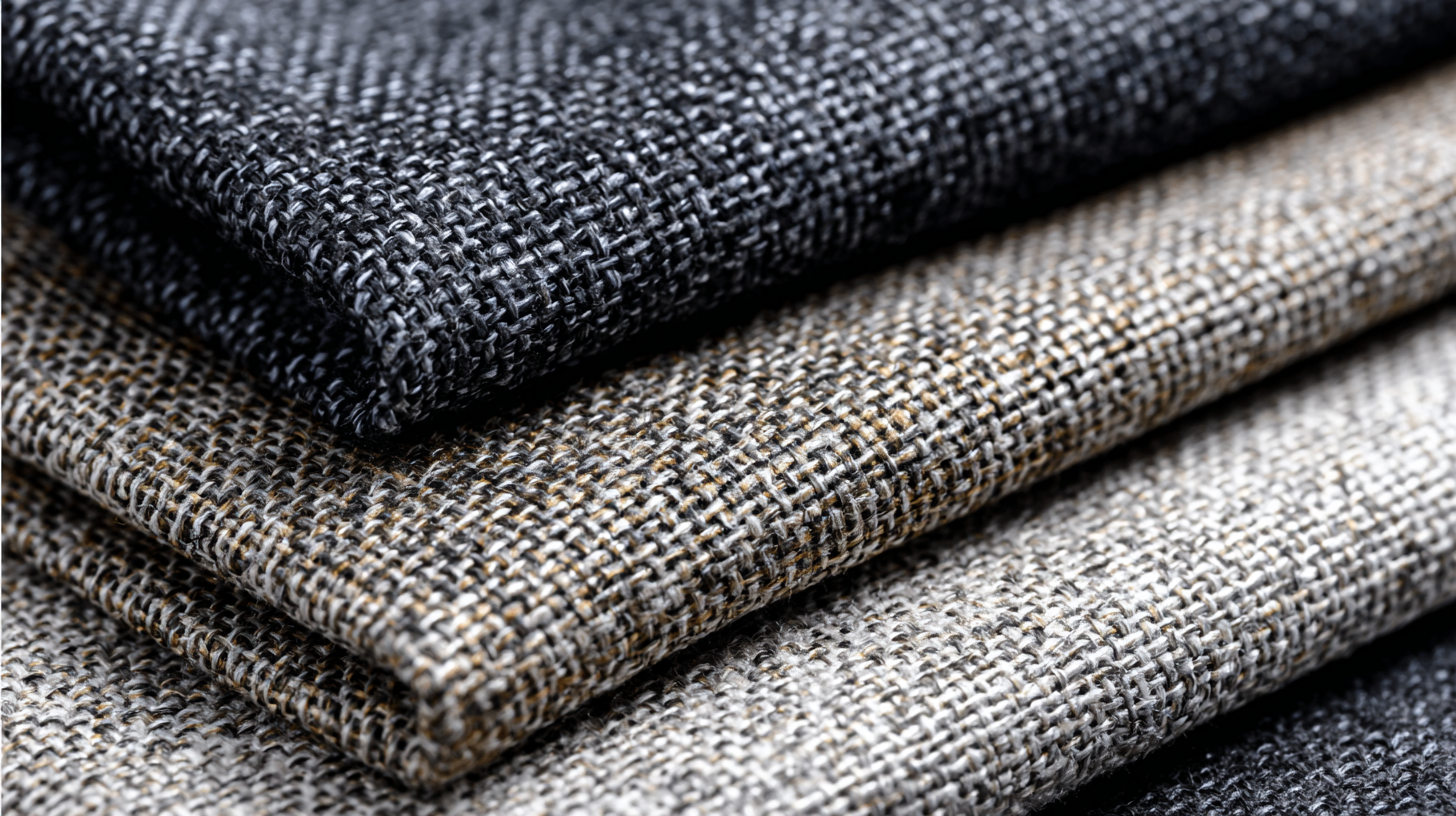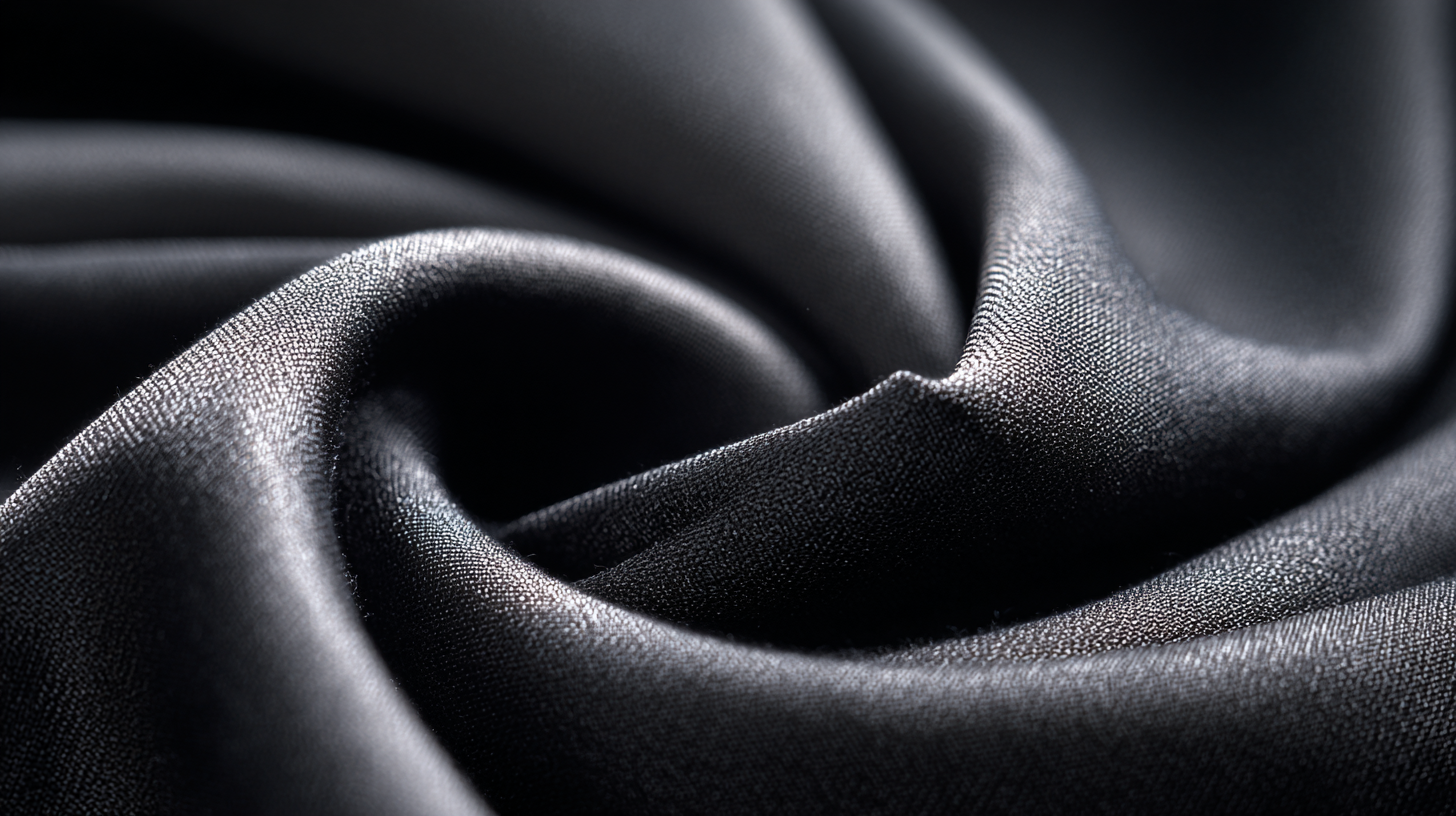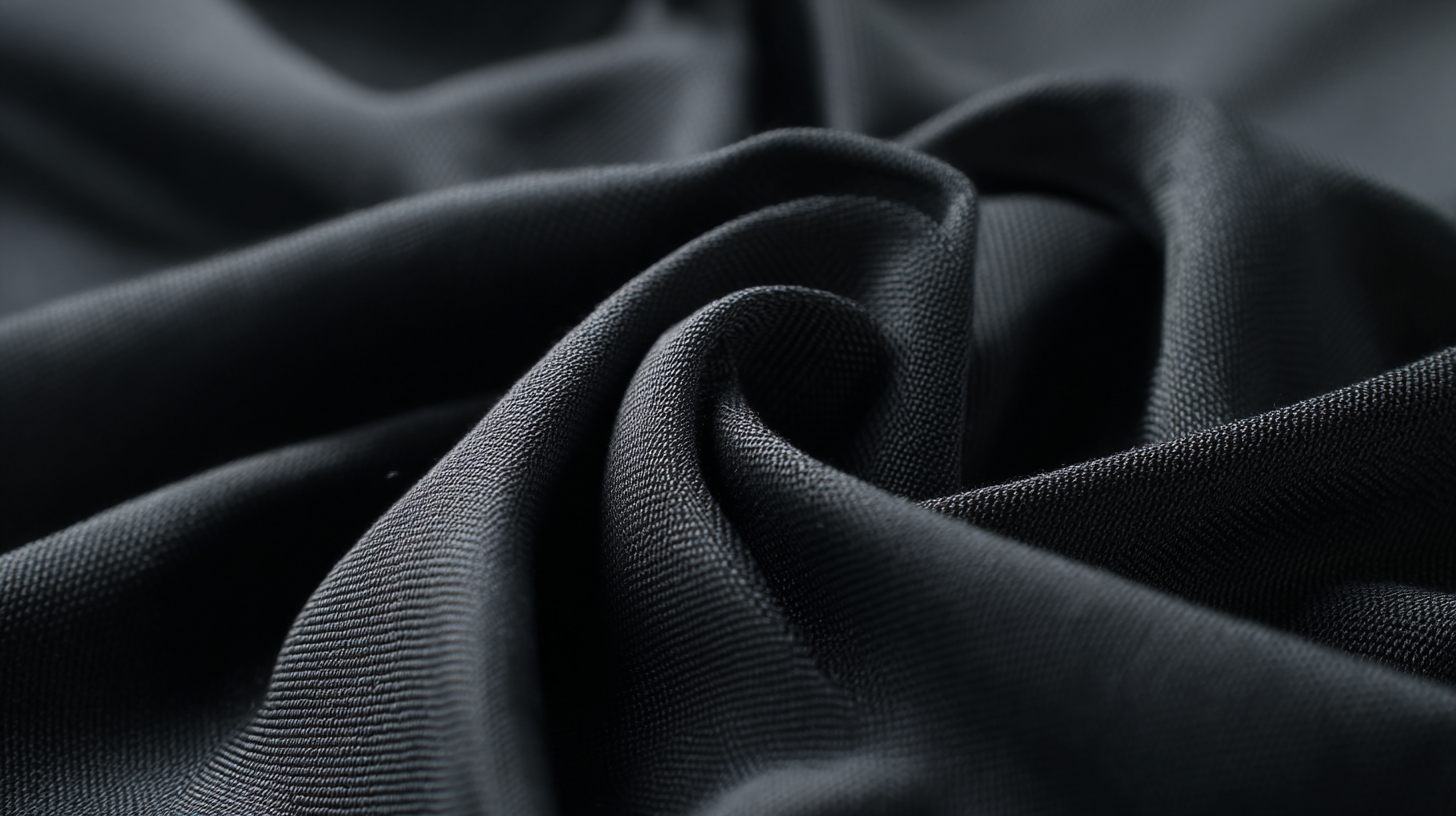When it comes to selecting the right materials for your projects, the choice of fabric can make a significant difference in both comfort and durability. Among various options available, Stretchable Nylon Fabric stands out as a versatile choice that balances flexibility and strength. This guide aims to help you navigate the selection process for Stretchable Nylon Fabric, ensuring that you choose the best option suited for your specific needs. Whether you're creating sportswear, activewear, or any other applications requiring resilience and ease of movement, understanding the key properties of Stretchable Nylon Fabric is crucial. By evaluating factors such as stitch types, fabric weight, and stretchability, you can ensure that your projects not only achieve a professional finish but also provide the maximum comfort needed for performance and wearability. Join us as we delve into the essential considerations for making an informed choice in your fabric selection journey.

When selecting stretchable nylon fabrics for your projects, it is essential to understand the various types available. The primary categories include spandex blends, which incorporate elasticity into the nylon, and double-knit fabrics that offer significant stretch while maintaining strength. Spandex blends are ideal for applications requiring a snug fit, such as activewear and swimwear, as they provide excellent flexibility and recovery. On the other hand, double-knit nylon fabrics are more suitable for structured garments that require both durability and a flattering drape, making them perfect for fashion-forward designs.
Another critical aspect to consider is the weight and finish of the fabric. Lightweight stretchable nylon is perfect for garments designed for layering or use in warmer climates, while heavier options can provide a cozy feel suitable for outerwear. Additionally, the finish of the fabric, whether matte or glossy, impacts the aesthetic and performance, with matte finishes being more versatile and glossy options typically used for more fashion-centric applications. Understanding these distinctions can help you choose the ideal stretchable nylon fabric that meets your project's specific needs for durability and comfort.
When selecting stretchable nylon fabric for your projects, evaluating durability is crucial to ensure longevity and performance. Several key factors should be considered in this selection process. First, look at the denier rating, which measures the thickness of the nylon fibers. A higher denier indicates a stronger and more wear-resistant fabric, making it ideal for items subject to heavy use, such as outdoor gear or activewear.
Additionally, consider the weave of the fabric. A tighter weave not only enhances durability but also improves the overall resistance to fraying and tearing. It's also important to evaluate the fabric's finishing treatments, such as water resistance or UV protection, which can contribute significantly to the fabric's lifespan in outdoor applications. Lastly, check for fabric certifications, such as those related to abrasion resistance and tensile strength, to unambiguously gauge the material’s capabilities. By focusing on these aspects, you can ensure that your choice of stretchable nylon fabric meets both durability and comfort requirements for your projects.
When selecting stretchable nylon fabric for your projects, assessing comfort features such as softness, breathability, and stretch is crucial. According to the Textile Research Journal, fabrics with a higher percentage of elastane blended with nylon typically offer better stretch and recovery, enhancing comfort in activewear and daily clothing. For instance, a composition of 80% nylon and 20% elastane can provide an optimal balance of flexibility and snugness, allowing garments to move with the body while retaining their shape over time.
Breathability is another vital attribute to consider. The American Association of Textile Chemists and Colorists reports that fabrics engineered with moisture-wicking technology facilitate airflow, making them suitable for intense physical activities. Stretchable nylon fabrics treated for enhanced breathability can significantly reduce moisture buildup, promoting comfort during prolonged wear. Look for fabrics that achieve a moisture management rating of 3.5 or higher on a scale of 1 to 5, as these are proven to keep the skin feeling dry and comfortable.
Ultimately, choosing the right stretchable nylon fabric isn’t solely about durability; it’s about finding the perfect blend of softness, breathability, and stretch, ensuring that your projects deliver both comfort and longevity.
When sourcing quality stretchable nylon fabrics, it’s essential to identify reliable suppliers that prioritize durability and comfort. Start by exploring reputable fabric wholesalers, as they often provide a wide range of nylon blends engineered for stretch and resilience. Look for suppliers that specialize in activewear or outdoor apparel materials, as these industries demand fabrics that can withstand rigorous use while offering comfort.

Another effective avenue is to attend fabric expos or trade shows where manufacturers showcase their latest innovations. Engaging directly with suppliers allows you to assess the fabric’s quality firsthand and discuss specifications that meet your project’s demands. Online marketplaces can also be a good resource; however, be cautious and check user reviews and ratings to ensure the credibility of the seller. Always request swatches before placing a larger order to validate the fabric's performance attributes, including stretch recovery and breathability.
When selecting stretchable nylon fabric for your projects, testing the fabric's performance is crucial to ensure durability and comfort. Begin by examining the fabric's stretchability. Gently pull the fabric to assess how much it extends without losing its original shape. A good-quality nylon will return to its initial form after being stretched, indicating resilience. Additionally, take note of the fabric's weight; heavier fabrics tend to offer more durability over time, making them suitable for high-usage applications.

Another essential test is to evaluate the fabric's breathability. This can be done by placing your hand against the fabric and checking how easily air passes through. Fabrics that allow good airflow can enhance comfort, especially in active wear. Furthermore, consider performing a water-resistance test. Apply a few drops of water to the fabric's surface to see if it beads up or absorbs quickly. Fabrics that repel water are advantageous for outdoor projects. By systematically testing these parameters, you can confidently choose the right stretchable nylon fabric that meets your project's needs for both durability and comfort.






